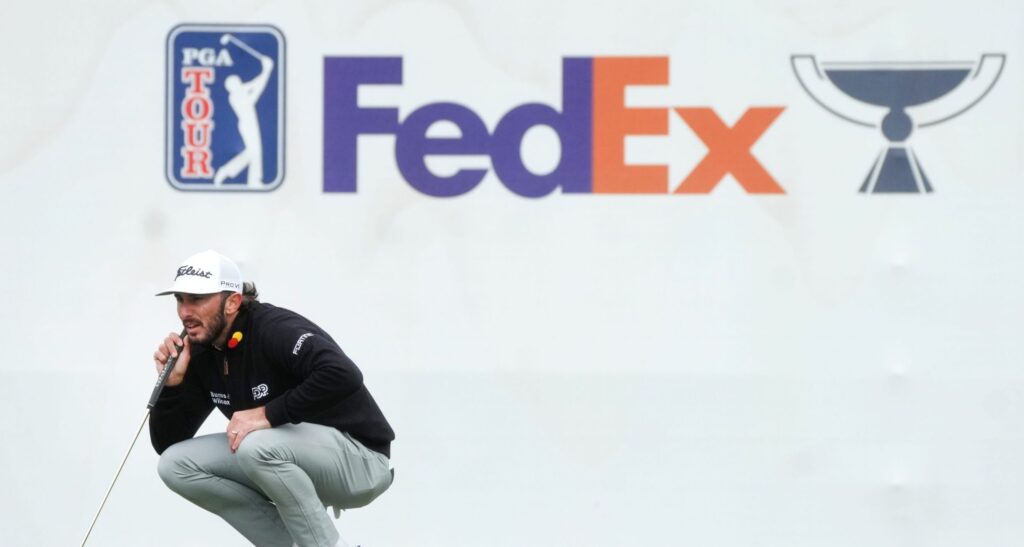The PGA Tour could look radically different in just a matter of a year or two.
After PGA Tour player Harris English offhandedly commented at a recent tournament about the possibility of a PGA Tour season that began after the Super Bowl in February and featured only 20 or 22 events, down from over 40 on the current schedule, the golf world was sent into a frenzy. Now, Golf Digest reporter Joel Beall is confirming the validity of such discussions among PGA Tour brass.
Per Beall, the chance that the PGA Tour alters its format to cut out about half of the current schedule is “stronger than you might think,” noting 2028 as a possible starting point for the new-look tour.
The new schedule would barely be recognizable compared to the status quo, where most weeks on the calendar feature an official event. Under the hypothetical 20-22 event schedule, all of the PGA Tour’s top golfers would compete in just about every event, with the goal of creating a consistently high-level product that is also scarce.
As it stands, outside the eight signature events in which all of the PGA Tour’s top players participate, there is no consistency to the PGA Tour schedule, other than the fact that there are events most weeks. The idea with the 20-event schedule is to simplify the stakes. Fans know which events matter and which don’t They know who will be playing week-to-week. And the limited schedule makes each and every tournament critical in a way that does not exist in the PGA Tour’s current structure.
It’s no surprise that this idea is being floated shortly after Brian Rolapp, formerly Roger Goodell’s right-hand man at the NFL, took over as PGA Tour CEO. If anyone knows the value of scarcity in a live sports product, it’s Rolapp, who oversaw a league that plays just 17 regular season games each season, yet dominates the attention of American sports fans.
Of course, there are substantial hurdles to clear before any of this becomes a reality, not least of which revolves around the PGA Tour’s current broadcast partners. As Beall puts it in his report, “How do you sell NBC, CBS and ESPN that their ‘prime’ inventory is getting cut in half?”
NBC and CBS have deals with the PGA Tour that run through 2030. Those agreements are predicated on a PGA Tour schedule with double the number of events that a 20-event schedule would have. Some of the missing inventory would be replaced by tournaments on a newly configured secondary tour that features golfers on the fringes of the PGA Tour, but those events surely won’t be valued as highly as even the lower-tier tournaments in the current structure. How would the two sides rework those deals? After all, the endgame here is to generate more revenue for the tour, much of which comes from the sale of media rights.
Rolapp and Co. would have to present a compelling argument to NBC and CBS that a slimmed down schedule would work in their favor.
On paper, the concept is compelling. The top players in the world would be playing together more often, at the best venues the PGA Tour can access, at times of year when golf won’t get overshadowed by football. But change would mean erasing decades of precedent in a sport tied to tradition. That’s no easy task.
However, that’s why Rolapp, who doesn’t have ties to the world of professional golf, was brought on in the first place.






![Pro golf Legends bring sport to Cambodia for first time as Scotland’s Drysdale takes Vattanac trophy The East Course at the Vattanac Golf Resort [VATTANAC GOLF RESORT]](https://www.fogolf.com/wp-content/uploads/2025/11/d8cdfaae-2827-4e7c-a96e-7c4c603bd4b6.jpg)
